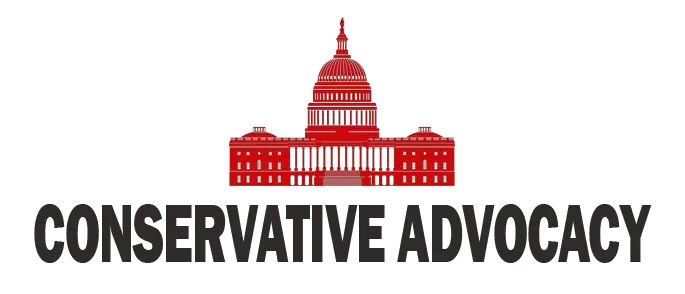When it comes to national security, the topic of immigration often takes center stage. Recent discussions have illuminated a troubling reality: the connection between immigration enforcement and the prevention of potential terrorist activities in the United States. With the Department of Homeland Security (DHS) and various intelligence agencies on high alert, there’s a pressing need to keep an eye on who is entering the country and, more importantly, why they are doing so. For a significant stretch, the U.S. seemed to be operating without a GPS, flying blind in matters of immigration oversight, as if trying to navigate New York City traffic without any street signs.
The former Secretary of Homeland Security has raised alarms about the threats lurking both abroad and close to home, particularly regarding Iran. In recent conversations, it was emphasized that, while there are currently no credible threats reported, the possibility of a cyber attack from Iranian operatives should not be dismissed. In the age of technology, where threats can come from the shadows, the government must remain vigilant. The history of aggression from Iran, including assassination plots and attacks on U.S. troops, further underscores the urgency of enhancing national security measures.
Under the previous administration, there was a clear push for a more robust approach to immigration enforcement. Yet, the present situation points to an unfortunate reality: many individuals crossed into the U.S. without any form of accountability. These are not just everyday migrants seeking a better life; some of them might have more nefarious intentions, blurring the lines between immigration and security threats. It’s been revealed that several hundred individuals evaded detection, which raises alarm bells for those responsible for national safety.
Moreover, there’s increasing concern about the identity and motives behind those entering the U.S. Illegal border crossings allow for a potential influx of individuals with ties to foreign entities or even criminal organizations. The cartels, notorious for their smuggling operations, capitalize on weak points in border security. This means that even if U.S. officials catch some, many more could be slipping through the cracks, untraceable and posing risks that the average American might not think about daily.
As discussions continue about the regional threats from Iran, the question remains: Why would the U.S. engage in talks with a government that has historically posed challenges? The idea of trust is non-existent when it comes to a regime that prioritizes its power over the welfare of its people. Preparing for the worst while hoping for the best seems to be the motto going forward. Protecting the homeland requires a dedicated focus on technological advancements and multi-layered defense strategies to safeguard against various potential attacks, be it through drones or other forms of weaponry.
In summary, the intertwined issues of immigration and national security continue to be a pressing matter as new reports come to light. The country faces complex challenges that demand an informed and proactive approach. As Americans go about their daily lives, bustling through work, school, and everything in between, the guardians of national security are mindful of the need to keep the nation safe from threats that could arise without warning. Awareness, vigilance, and a robust immigration enforcement strategy may not only contribute to national security but could also help lay the groundwork for a more secure future.




